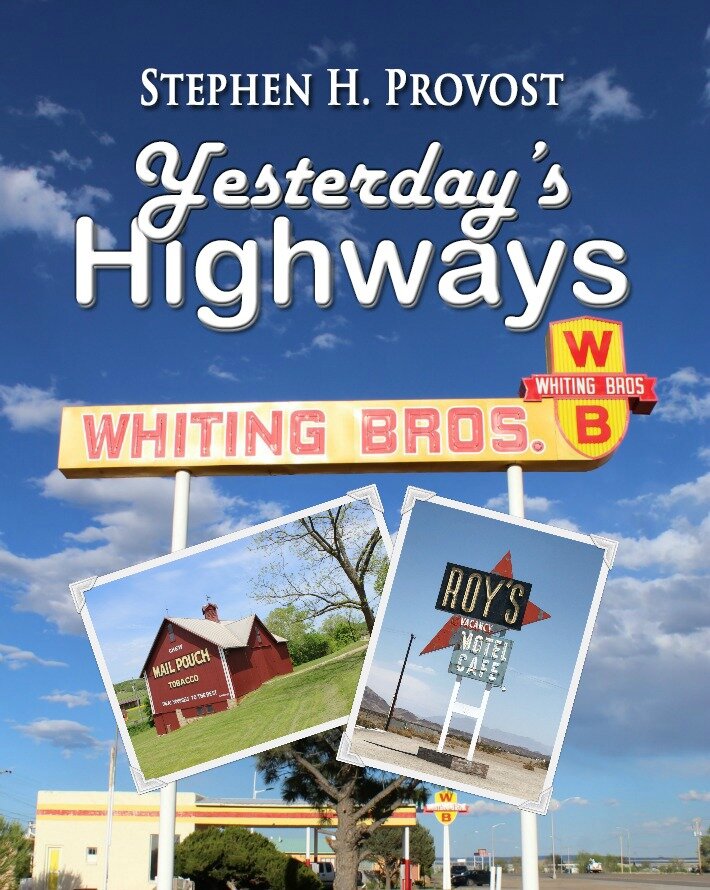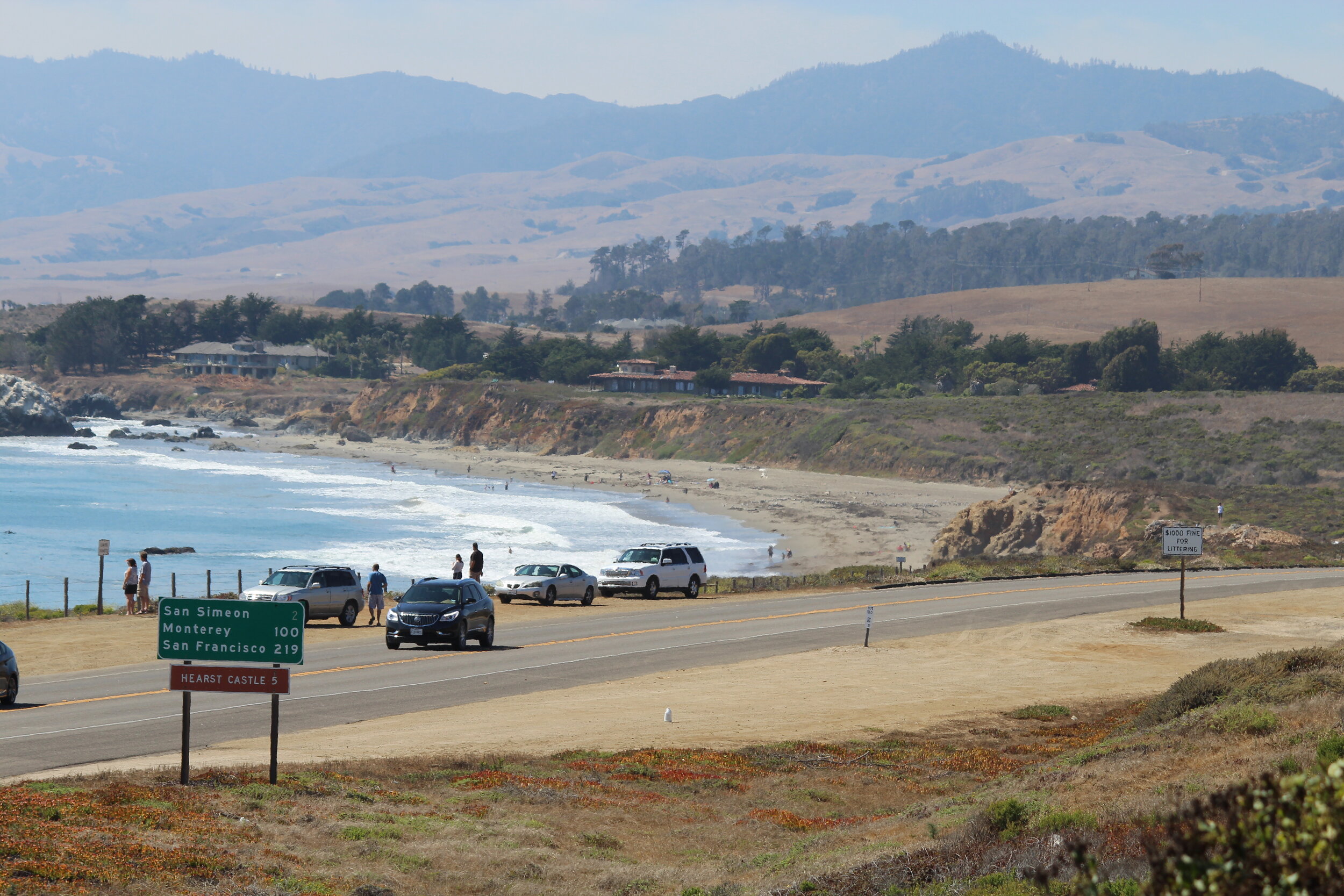What did highways look like 100 years ago?
It’s hard to tell these days. But one thing’s for sure, they didn’t look a thing like today’s interstates.
You can still see vestiges of what highways looked like in the middle of the 20th century. If you drive down Highway 99 in California, you can cruise along old segments like Golden State Boulevard in the San Joaquin Valley or San Fernando Road south of the Tehachapi Mountains. You can see old U.S. Highway 101 on the Avenue of Giants through the Redwoods or along the coast south of Oceanside.
Then, of course, there’s Route 66. Traces of the iconic road from Chicago to Santa Monica are slowly disappearing, but road trips are still on every highway enthusiast’s bucket list. I crossed it off mine in 2019, but I’d gladly do it all over again. The excursion helped form the basis for my book Yesterday’s Highways, a look at the federal highway system founded in 1926: the roads, filling stations, diners, motels and the legacy of our nation’s first official road network.
But what about the roads that came before that?
There’s not nearly as much left of them to find, in part because they were usually dirt or gravel paths— sometimes nothing more than rutted paths through sagebrush carved by narrow tires on Model T’s. (The Old Ridge Route south of Grapevine in California is one example on an early concrete route, which I featured in my book on Highway 99.)
These early roads gave birth to privately funded auto trails. Marked by paint on telephone poles and fence posts, they bore names like the Jefferson and Jackson highways, the Pike’s Peak Ocean to Ocean Highway, the Red Ball Route and the Yellowstone Trail. The most ambitious of these were coast-to-coast projects, intended to give early motorists an alternative to the railroad.
At the turn of the century, most country roads were built for horse-and-buggy outfits intended to travel just a few miles. They took you to or from the train station — and no farther. But as automobiles started to become more common (and more reliable), there was a growing clamor to drive them more than just “into town.” To hit the open road.
In response, a group visionaries, entrepreneurs and opportunists arose to create a chaotic network of trails that crisscrossed the country. Sometimes they shared the same road. Sometimes the road shifted from one route to another — more than once. Sometimes the only road was a line on a map that amounted to wishful thinking and hopes for the future.
A friend suggested that I focus on the history of these auto trails in Yesterday’s Highways, but I could tell they deserved a volume all their own. I was surprised to find that no one had written a comprehensive history of this period (at least as far as I could find). There were books about the Jefferson Highway, the Dixie Highway and, especially, multiple volumes on the most famous auto trail: the Lincoln Highway. But I couldn’t find anything that told the whole story: from the people who paved the way for the trails to the creation of the trails themselves and their ultimate demise.
So I decided to write one. The result is America’s First Highways, a companion volume to Yesterday’s Highways and, thus, the second in a series I’ve decided to call America’s Historic Highways.
You’ll read about the first person to drive from coast to coast in an automobile (with a goggle-wearing bulldog) and the around-the-world contest that inspired the movie The Great Race. And about the man who built a road of wooden plants in Southern California across the kind of sand dunes you’d find in the Sahara Desert.
You’ll also find stories of Dwight Eisenhower’s 1919 cross-country trip that helped convince him of the need for an interstate highway system; and the auto camping craze that led to the first motels.
Did you know Henry Ford once set the land speed record ... on a frozen lake? Or that the National Football League was founded in an auto dealership? Or that the man behind the Lincoln Highway built the Indianapolis Motor Speedway and made Miami Beach a winter resort?
I uncovered stories like these. Then, I scoured the internet for historic photos in the public domain, retrieved few pictures from my own cross-country journeys and took a few more for good measure. Then I contacted the Boca Raton Historical Society & Museum for permission to use a classic photo of a camel-shaped highway arch, and the University of Michigan Library, which graciously granted me permission to use a number of Lincoln Highway photos from the Transportation History Collection in its Special Collections Research Center.
The result is a volume packed with details and more than 200 historic and modern images. It’s my fourth book on the nation’s highways and my 30th book overall, and I’m pleased to present it for sale at Amazon.com and look forward to displaying it at fairs and book shows here on the East Coast in the coming year.
What’s next? My book on U.S. Highway 101 is due out May 19, and I’ve already got an idea for another highway-themed book. It’s in the conceptual stage now, but stay tuned for details in the coming months.

























